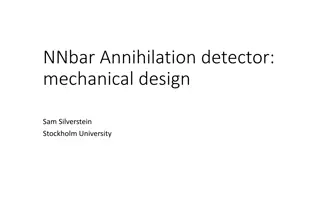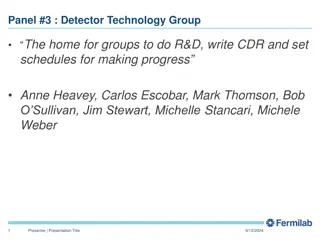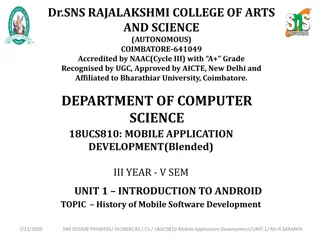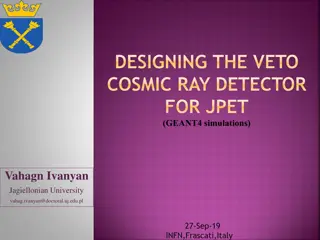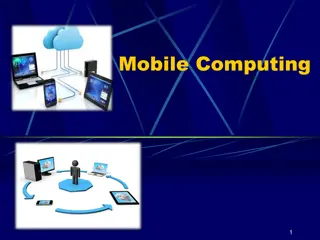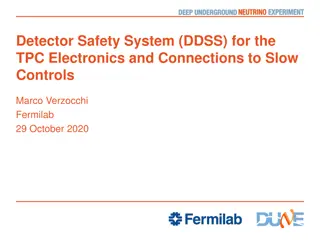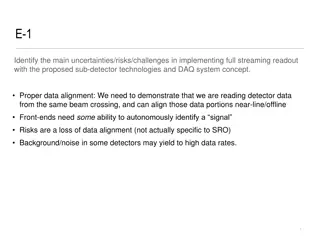
Mobile Phone Detector Project by Akshay A. Jadhav - IIT Hyderabad
Discover a simple mobile phone detector project developed by Akshay A. Jadhav at the Indian Institute of Technology Hyderabad. This pocket-sized device can sense active cell phones within a 1m-1.5m radius by detecting signals emitted during calls or message transmissions. Learn about the circuit diagram, working principle, and potential uses of this innovative gadget.
Download Presentation

Please find below an Image/Link to download the presentation.
The content on the website is provided AS IS for your information and personal use only. It may not be sold, licensed, or shared on other websites without obtaining consent from the author. If you encounter any issues during the download, it is possible that the publisher has removed the file from their server.
You are allowed to download the files provided on this website for personal or commercial use, subject to the condition that they are used lawfully. All files are the property of their respective owners.
The content on the website is provided AS IS for your information and personal use only. It may not be sold, licensed, or shared on other websites without obtaining consent from the author.
E N D
Presentation Transcript
MOBILE PHONE DETECTOR BY- AKSHAY.A.JADHAV (es12b1004) Indian Institute of Technology Hyderabad
Introduction This project is a simple cell phone detector project. This handy cell phone detector, pocket size mobile transmission sniffer can sense the presence of an active cell phone in a radius of 1m-1.5m. As the cell phone sends or receives a message or call, it sends off a signal. This signal is detected by our circuit and will cause the LED to blink and buzzer to sound. This is the basic principle of the project. This simple circuit can detect any cellphone activities like sending or receiving calls or SMS, or any type of data transmission.
Working : The transmission frequency of a mobile ranges from 0.9GHz to 3GHz.So a circuit capable of detecting gigahertz signals is needed. So we use a disk capacitor C4(220nF), which will capture the signals from the active cell phone transmission. The disk capacitor along with its leads form a small gigahertz loop to catch the signals. The IC CA3130 is an op-amp, that is used in this circuit as a current to voltage converter. The capacitor C4 leads are the input for the IC1. The IC1 provides the base voltage to the transistor Q1.
Capacitor C5 (47pF) is connected across strobe (pin 8) and null inputs (pin 1) of IC1 for phase compensation and gain control to optimize the frequency response. As the capacitor C4 receives the signal, the output of IC1 becomes high and low alternately depending on the frequency of the signal. This triggers the timer IC2 through capacitor C6 and the LED starts blinking and the piezoelectric buzzer starts sounding due to the timing components R5(10k) and C7(47uF) which set the ON time to 1 second.
Uses : 1)It can be used to avoid the usage of mobile phones in examination halls, seminar halls, quizzes etc. 2)It can be used to avoid video transmission in a secret or private meeting. 3)It can be used for military and civil defense purposes to detect mobile phones by increasing its radius of range. 4)It can be used in hospitals and airplanes where, mobile signals interfere with the electronic equipment which may have fatal consequences. And many more uses


